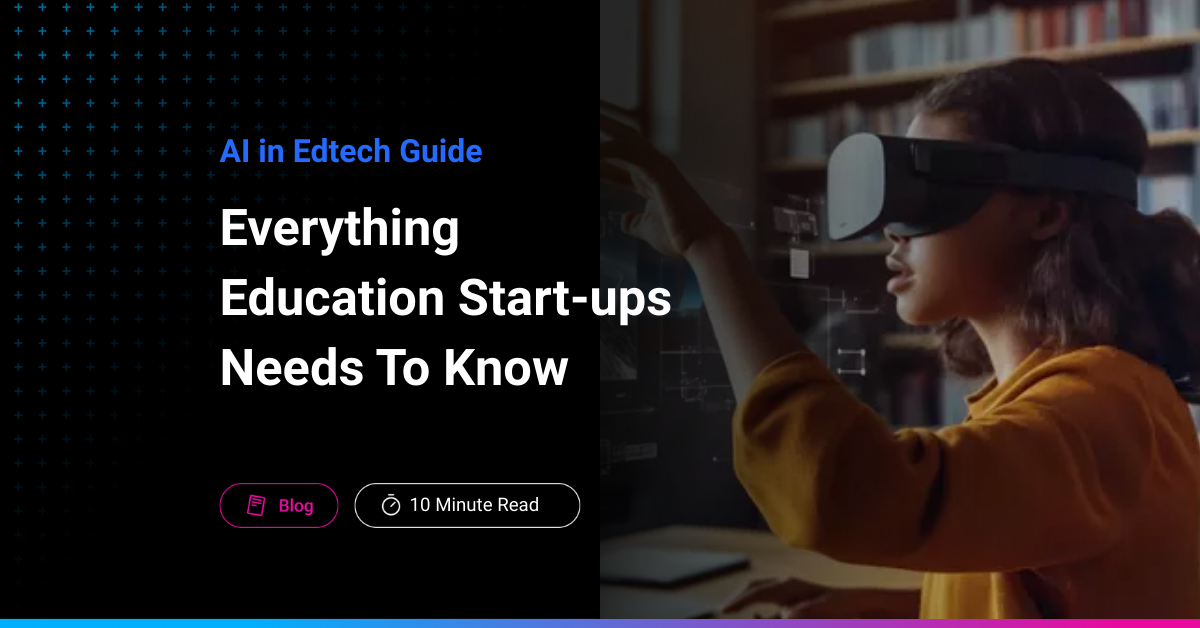Service that suites your needs
Our custom software development process revolves around an AI-centric approach, enhancing user experiences and delivering highly efficient solutions through advanced artificial intelligence technologies.
.png?width=292&height=132&name=Image%20(3).png)
Our custom software development process revolves around an AI-centric approach, enhancing user experiences and delivering highly efficient solutions through advanced artificial intelligence technologies.
.png?width=292&height=132&name=Image%20(3).png)
At Phyniks, we combine AI and creativity to drive innovation. Our tailored solutions yield extraordinary results. Explore our knowledge base for the latest insights, use cases, and case studies. Each resource is designed to fuel your imagination and empower your journey towards technological brilliance.
.png?width=284&height=129&name=Image%20(4).png)
At Phyniks, we combine AI and creativity to drive innovation. Our tailored solutions yield extraordinary results. Explore our knowledge base for the latest insights, use cases, and case studies. Each resource is designed to fuel your imagination and empower your journey towards technological brilliance.
.png?width=284&height=129&name=Image%20(4).png)

.png)
The education sector is experiencing a seismic shift, driven by the transformative power of EdTech.
This isn't just a hunch; the numbers speak for themselves.
The global EdTech market is projected to reach a staggering USD 341.1 billion by 2027, boasting a compound annual growth rate (CAGR) of 14.7%.
But the story goes beyond sheer market size. Here's what truly underscores the significance of EdTech:

Dozens of EdTech start-ups have now achieved "unicorn" status, meaning their valuations surpass $1 billion.

EdTech is poised to contribute over 80% of global sales within the broader education sector.

EdTech fosters a personalized learning experience, tailoring content and instruction to individual student needs and learning styles.

Not only is the market size expected to double in the next five years, but spending on EdTech solutions is also projected to mirror this explosive growth.
This paints a clear picture:
the future of education is undeniably intertwined with AI to cater to the evolving needs of educators and students alike.
AI, or Artificial Intelligence, refers to the development of intelligent systems that can learn and adapt. When applied to education, AI unlocks a
treasure trove of possibilities. Here, we'll explore four main types of AI-based functionalities that are transforming EdTech app development:
This is the most basic form of AI, capable of responding to specific user inputs. EdTech app that uses reactive AI provide instant feedback on quizzes or multiple-choice questions.
This type of AI goes beyond basic responses. It can store and learn from past interactions, allowing for more personalized experiences.
For EdTech it refers to AI system that recognizes a student's frustration and offers additional support or adapts the learning content to match their emotional state.
While still in its early stages, self-aware AI could revolutionize EdTech by creating truly intelligent and adaptable learning companions for students.
A user-friendly CMS empowers educators to easily upload, edit, and manage various learning materials, including videos, quizzes, assignments, and AI-powered interactive modules. This streamlines content creation and delivery within the platform.
Education and AI come together to provide educators with comprehensive data on student performance. Dashboards visualize student strengths, weaknesses, learning progress, and areas that require intervention. This data-driven approach allows for personalized learning strategies and improved learning outcomes.
Secure communication tools enable educators to interact with students, answer questions, provide personalized feedback, and make announcements. This fosters a collaborative learning environment and keeps everyone connected. You can add API like Zoom API, Pusher API, and Twilio API.
Advanced platforms might offer EdTech development tools that allow educators to create custom learning modules, quizzes, and assessments tailored to their specific curriculum or teaching style.
Advanced platforms might offer EdTech development tools that allow educators to create custom learning modules, quizzes, and assessments tailored to their specific curriculum or teaching style.
A user-friendly CMS empowers educators to easily upload, edit, and manage various learning materials, including videos, quizzes, assignments, and AI-powered interactive modules. This streamlines content creation and delivery within the platform.
Education and AI come together to provide educators with comprehensive data on student performance. Dashboards visualize student strengths, weaknesses, learning progress, and areas that require intervention. This data-driven approach allows for personalized learning strategies and improved learning outcomes.
Secure communication tools enable educators to interact with students, answer questions, provide personalized feedback, and make announcements. This fosters a collaborative learning environment and keeps everyone connected. You can add API like Zoom API, Pusher API, and Twilio API.
Secure communication tools enable educators to interact with students, answer questions, provide personalized feedback, and make announcements. This fosters a collaborative learning environment and keeps everyone connected. You can add API like Zoom API, Pusher API, and Twilio API.
Advanced platforms might offer EdTech development tools that allow educators to create custom learning modules, quizzes, and assessments tailored to their specific curriculum or teaching style.
Parents can access a secure dashboard to monitor their child's learning progress, including grades, performance reports, and areas for improvement. This fosters transparency and allows parents to be actively involved in their child's education.
Secure communication channels enable parents to connect with educators, ask questions, and discuss their child's learning journey. This collaboration between parents and educators optimizes student success.
AI-powered reports can provide parents with actionable insights into their child's learning style, strengths, and weaknesses. This empowers them to support their child's learning journey at home with targeted resources and activities.
Want to build you own Personalized feedback for students?
EdTech platforms require a robust tech stack to deliver a seamless user experience and manage complex functionalities. Here's a breakdown of potential technologies for consideration:
Note: This is a general recommendation, and the specific tech stack will vary depending on the unique needs and functionalities of your EdTech platform.
| Component | Description | Example |
| Front-End | This layer determines what users see and interact with. | JavaScript Frameworks (React, Angular), — |
| Back-End | This layer handles server-side logic and data management. | Programming Languages (Python, Java), Web Frameworks (Django) |
| Database | This stores all application data securely and efficiently. | Relational Databases (MySQL, PostgreSQL), NoSQL Databases (MongoDB) |
| Cloud Services | Cloud platforms offer scalability, reliability, and on-demand resources. | Amazon Web Services (AWS), Microsoft Azure, Google Cloud Platform (GCP) |
| AI/ML Libraries | These libraries provide tools for building and integrating AI functionalities. | TensorFlow, PyTorch |
| Communication Tools | These tools facilitate communication between users within the platform. | WebSockets, Pusher, Firebase |
Developing a successful EdTech platform requires a meticulous process that leverages AI in education. Here's a breakdown of the key stages, emphasizing a data-driven approach:

Conduct user interviews, surveys, and competitor analysis to identify needs and market gaps. AI in EdTech trends and potential applications should be a key focus during this phase.

Leverage market research data and industry reports to understand user demographics, learning preferences, and technology adoption trends. This data will inform your product vision and development roadmap.

Design a user-centric information architecture that facilitates intuitive navigation and content discovery. Consider user personas and learning journeys at this stage.

Develop low-fidelity prototypes to test core functionalities and user flows. These prototypes can be further refined based on user feedback to ensure an engaging and user-friendly interface.

Choose a robust tech stack that supports your platform's functionalities and EdTech development needs. This may involve cloud platforms, front-end frameworks, back-end languages, and databases.

Integrate relevant APIs for functionalities like payment processing, content delivery, and potentially AI in education services (e.g., natural language processing for personalized learning).

If your platform utilizes AI features, this stage involves integrating pre-trained models or developing custom models for specific functionalities.

Conduct thorough unit testing to ensure individual components of your platform function as intended.

Validate seamless interaction between different components and APIs integrated into the platform.

involve target users in testing the platform to identify usability issues and gather feedback on the overall learning experience.

Choose a reliable cloud hosting provider (e.g., AWS, Azure, Google Cloud) for scalability, security, and reliable hosting of your EdTech application.

Implement post-deployment monitoring for app performance, user behavior, and potential issues.

Continuously monitor app performance metrics like response times, user engagement, and crash rates. Identify areas for improvement and address any technical issues promptly.

Conduct A/B testing to optimize key features and user flows based on user behavior data. AI in education can potentially be applied here to personalize A/B testing strategies.

Address any bugs or security vulnerabilities identified after launch to maintain a secure and reliable platform.

Continuously gather user feedback and incorporate new features based on evolving user needs and AI in education advancements.
This data-driven development process ensures your EdTech platform is built on a strong foundation, optimized for user needs, and adaptable to the ever-changing education and AI landscape.
AI in education is not a fad; it's a transformative force shaping the future of learning. Here's a glimpse into what awaits:
The future of education and AI is brimming with possibilities. AI can transform classrooms
into dynamic learning environments, empower students with personalized learning
journeys, and equip educators with valuable data-driven insights. And these is just the
beginning.

Sign up for Links for Thinks — a weekly roundup of resources like this to help you uplevel your design thinking straight to your inbox
We'd love to hear from you! Whether you have a question about our services, want to discuss a potential project, or just want to say hi, we are always here to have meaningful conversations.